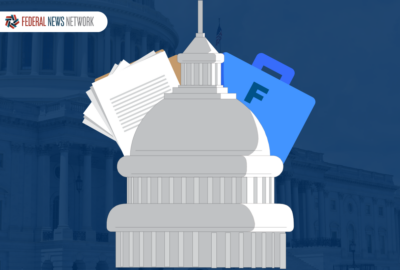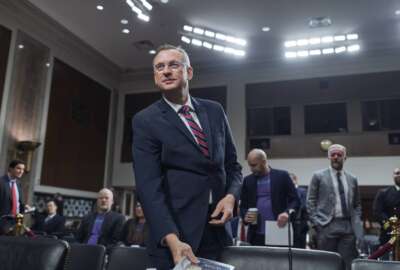
Insight by National Government Services
Health equity takes center stage in President Biden’s 2023 budget request
The FY 2023 budget request placed a spotlight on collecting data on vulnerable communities in order to learn what Americans from every walk of life need to achieve...
The Biden administration has been clear about its commitment to diversity, equity, inclusion and accessibility. That commitment is reflected in the fiscal year 2023 budget request, especially in the area of health care. The request calls for mandatory and discretionary funding of over $11 billion for the Department of Health and Human Services and also puts a spotlight on health equity. President Biden emphasizes collecting data on vulnerable communities to learn what Americans from every walk of life need in order to be healthy.
“We saw large amounts of money being placed by the federal government into those specific areas around disparity data mapping and health equity implementation into care coordination. For me, that is a positive step in the right direction especially in the federal space, because you actually are leading the charge to close the health equity gap by making America healthier,” said Kamala Green, social drivers of health program manager at National Government Services.
She said in the past, the government’s approach has been to simply throw money at a community and then walk away, which is not sustainable. By starting with a focus on collecting data regarding the social drivers of health equity, federal agencies will lay a solid foundation for being able to make the best decisions about what care should look like within vulnerable communities.
The social drivers of health equity include education, economics, mental health, environmental safety and food access, among a multitude of other topics. They’re also sometimes referred to as determinants, but Green said she prefers the term “drivers,” because that implies their course can be changed.
So, for instance, the social drivers of health revolve around questions like, is it safe to exercise outdoors in my neighborhood? Does a person have safe housing and all the components necessary for cooking? Is there consistent access to fresh, healthy food choices? Does someone have access to clean air, clean water? Does someone have access to health care? Is there consistent and clear communication with health care providers? Are there technological limitations or language barriers? These are questions that need to be addressed in order to support the overall mission of health equity.
“When examining the social drivers of health, altering one or two of those topics can possibly make an impact on whether or not I become healthier,” Green said. “Access to quality and nutrient-rich food and the ability to exercise are crucial for full-body health. When we look at those things, the first question that comes to mind is “Does my environment and economic status allow me to access those things consistently?”
That’s why the FY 2023 budget allocated significant increases to the Centers for Medicare and Medicaid Services’ Office of Minority Health to focus on data. The money would go toward building a data environment to model disparity trends, in turn providing the unbiased story about the effects of federal efforts over time.
CMS will also focus on improving telehealth for rural communities. That’s something the Department of Veterans Affairs greatly leveraged during the COVID pandemic. But a large part of improving access to telehealth in rural areas is ensuring consistent access to high-speed internet. Being on the wrong side of the digital divide can often create limitations when attempting to access health care.
The budget request would also allocate funding for the Substance Abuse and Mental Health Services Administration for mental health programming.
“That’s essential, especially when we start looking at the two and a half years of social isolation due to COVID-19,” Green said. “That shows that we’re making a transition to some level of normalcy, but also making sure that people are mentally and emotionally healthy.”
This will particularly affect seniors, said Green, who have often had to follow more strict social isolation measures than the rest of the population. Seniors on Medicare are one of the most vulnerable populations to the mental health consequences of isolation. Anxiety and depression have been consistently linked to negative health outcomes, so it’s essential that federal agencies consider the best approach when supporting seniors’ reengagement with society.
This is an opportunity to leverage change in how we see overall health care. What sustains change is policy, so the administration can leverage outcomes through programs and additional funding. It needs to collect data so that it can go back and evaluate policies.
“Both rural and urban, we know that there are so many vulnerable communities where access and resources are limited,” Green said. “That is the focus on health equity; understanding what it will take for all of us to truly make a difference – whether it’s the community, their clinicians, managed care and health insurance, public-private partnerships, government – what can we do to close the gap and increase access for those who absolutely need it?”
Copyright © 2025 Federal News Network. All rights reserved. This website is not intended for users located within the European Economic Area.
Related Stories




